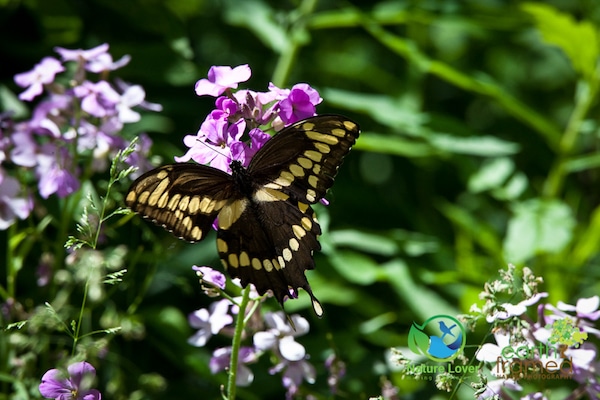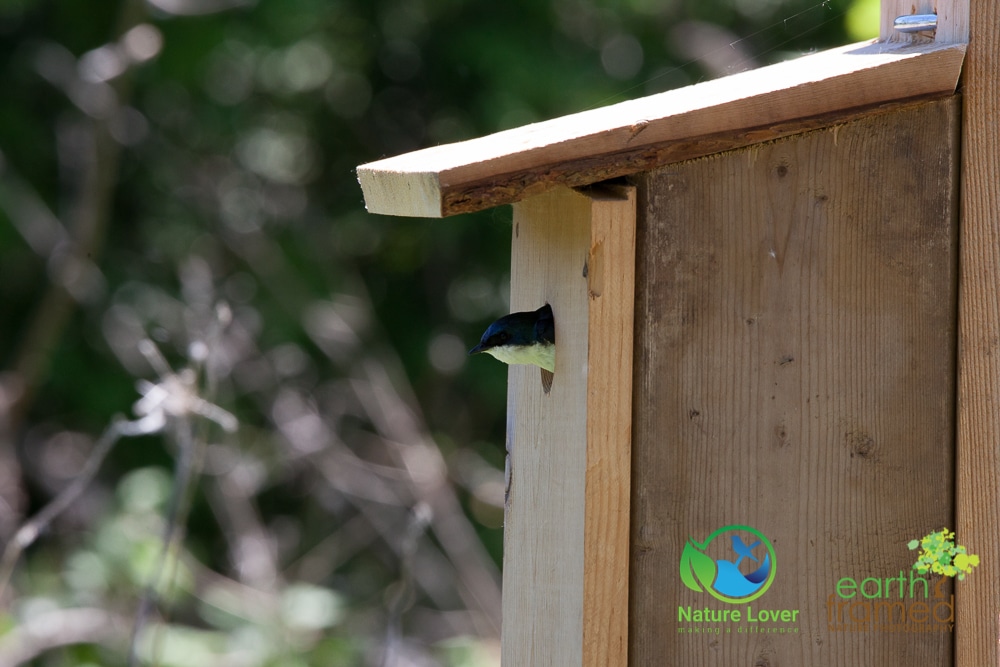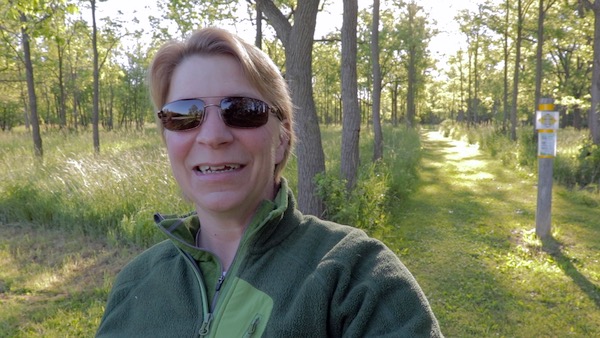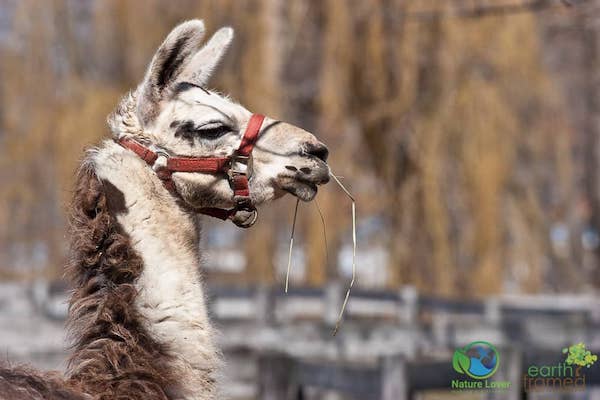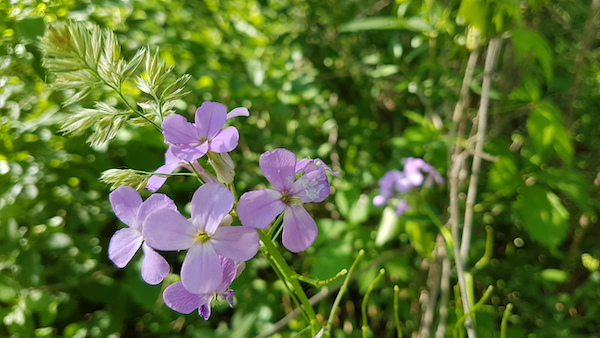In June of 2016 I was still getting use to my new Sigma 600mm lens. I was making time to take it out while at parks to try to capture images of wildlife and learning how to utilize it’s focal length.
Early morning is a fantastic time to head to Canatara Park. Not only are there fewer people at the park, but the wildlife are out and the light is spectacular.
I parked near the Animal Farm and decided to walk the trail around Lake Chipican. The first bird I spotted was this swallow enjoying the new boxes set up around the water’s edge.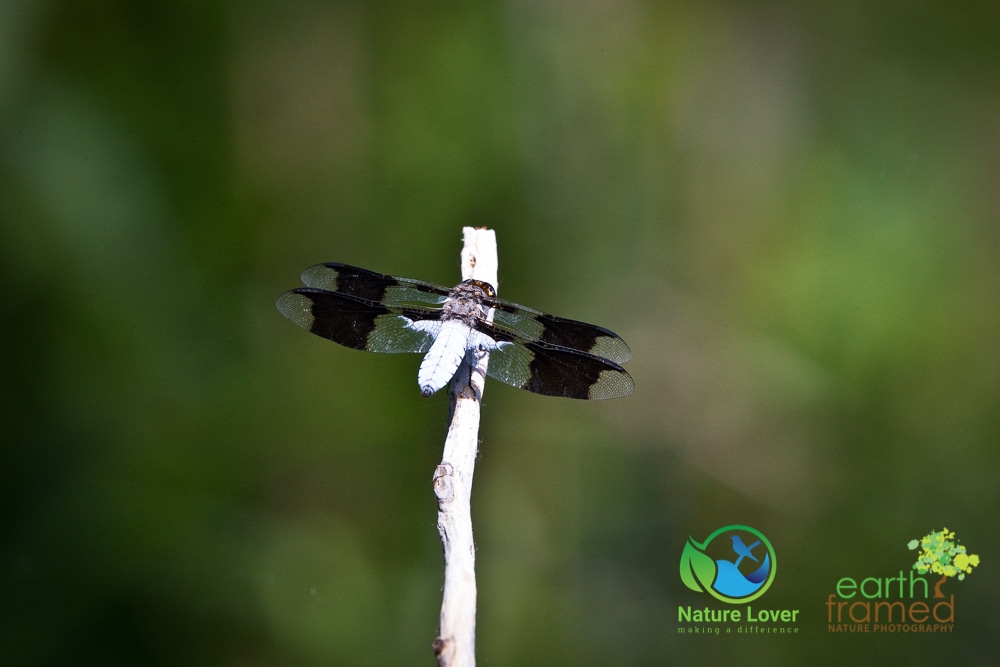
Sunning itself at the end of a dead branch, I captured this male Common Whitetail. These dragonflies can be found from May to September and are very common in southern Ontario.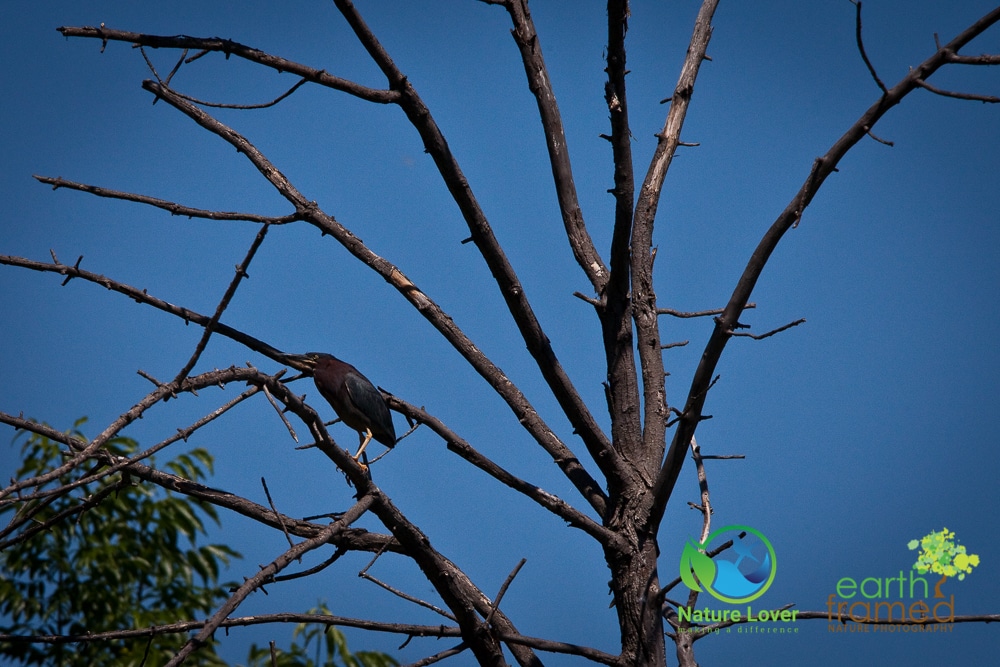
In a dead tree on one of the small islands in the little lake there was a Green Heron moving up and down the tree. This small heron is a gorgeous green and chestnut brown colour. They are short and stocky compared to most herons and can be spotted in various trees around Lake Chipican.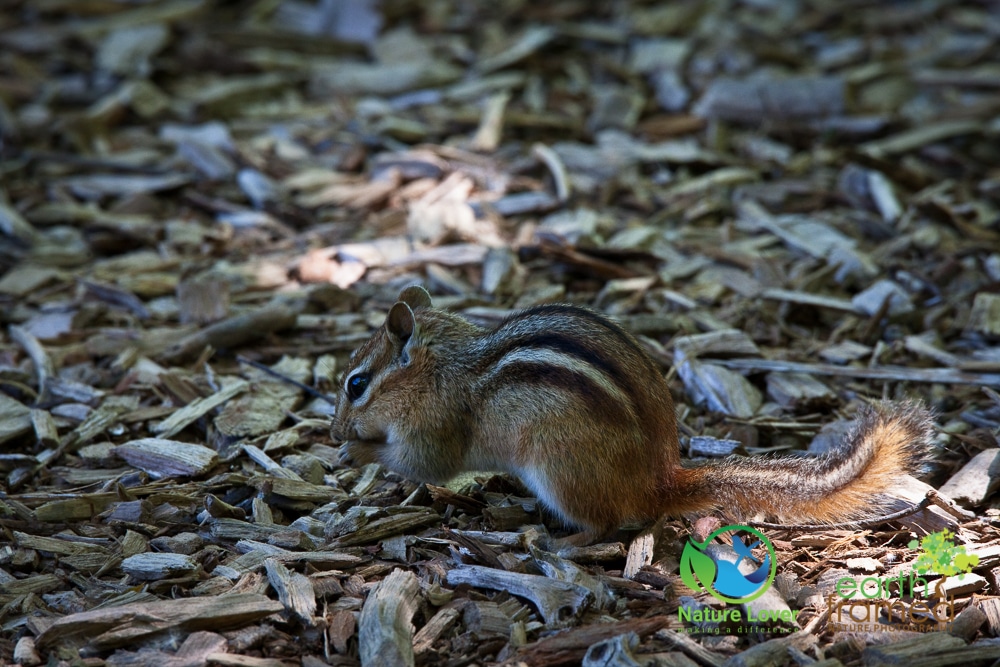
This curious chipmunk remained on the trail and was undisturbed by me. This picture didn’t use the full focal length of the lens because the chipmunk allowed me to get very close to it and crouch down to get a lower angle. 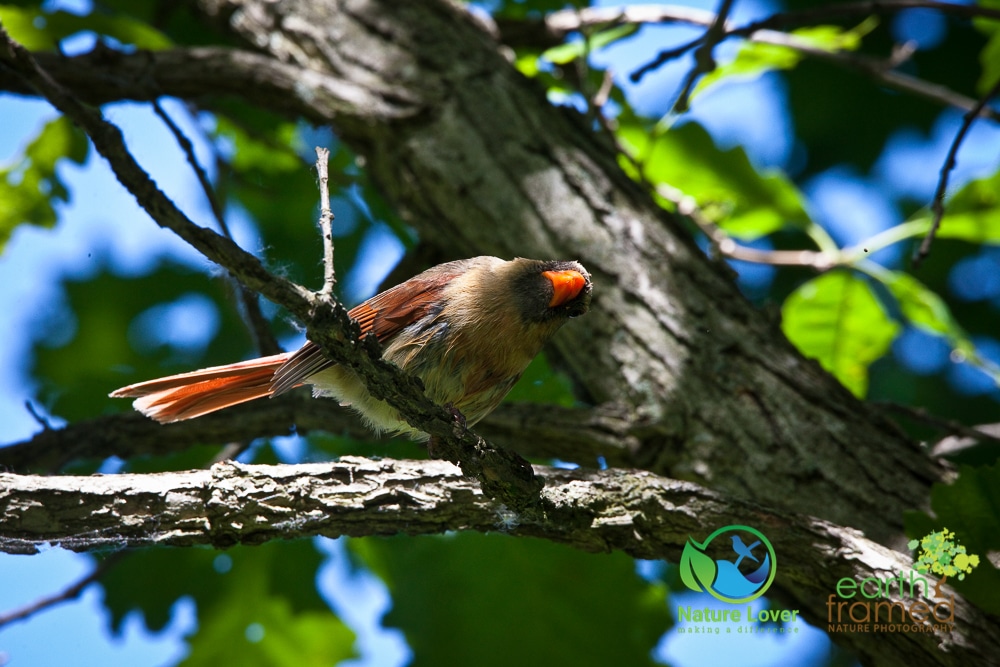
As I was walking I heard the common call of a Northern Cardinal. I looked up and found this female looking down at me. As I raised my lens up toward her and started taking pictures, she cocked her head back and forth as the click of my camera shudder went off. 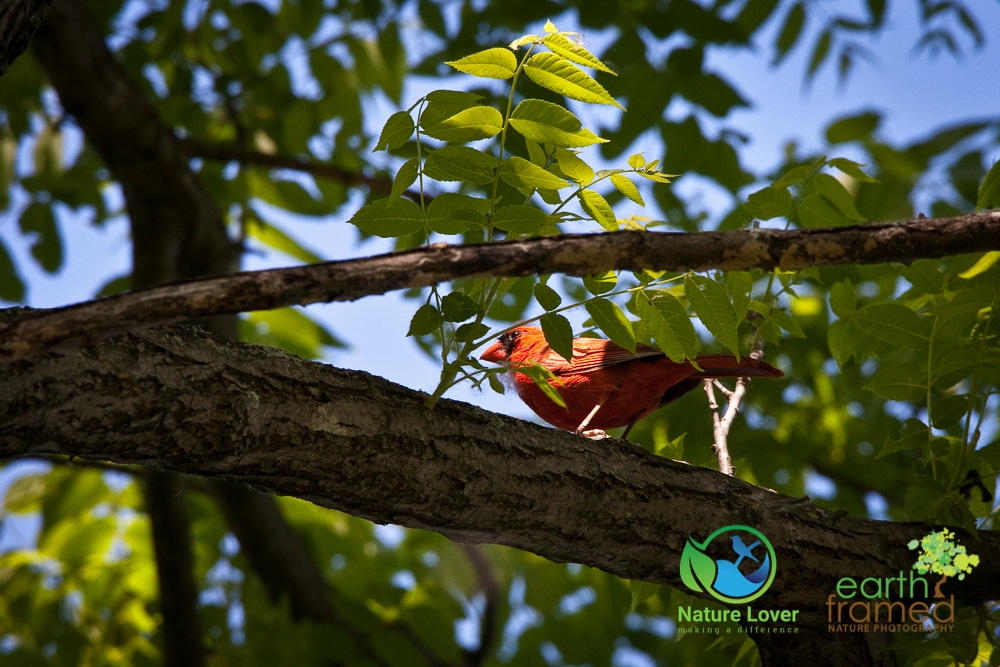
Close by I found her mate, although he wasn’t nearly as curious of the sight of me or the sounds I was making.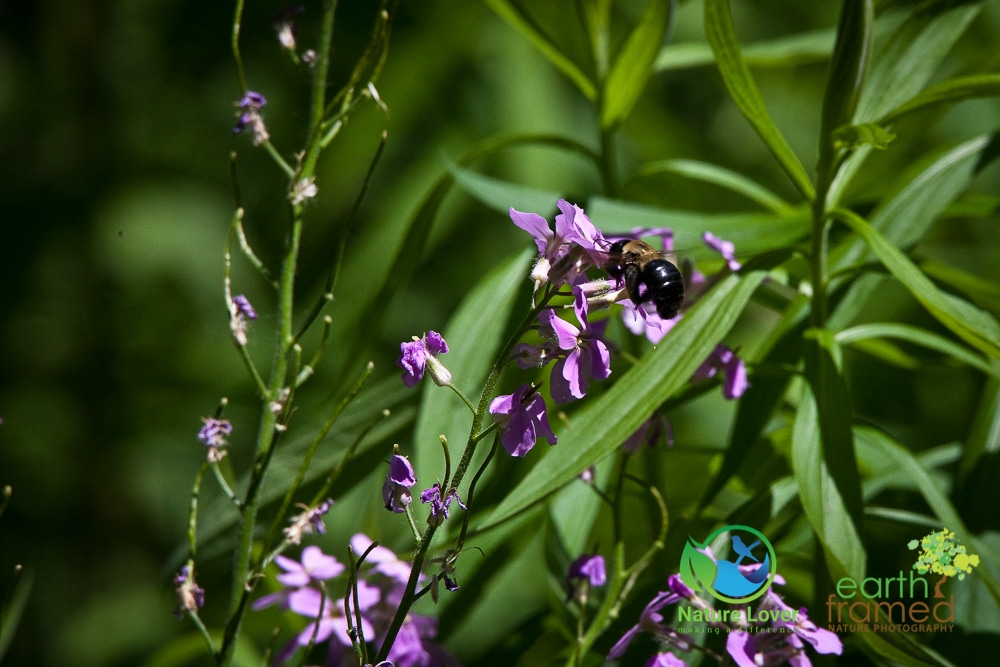
This Large Carpenter Bee was enjoying the nectar from this Dame’s Rocket plant. Although it is non-native and invasive, bees will still exploit any resource for food that they can find. 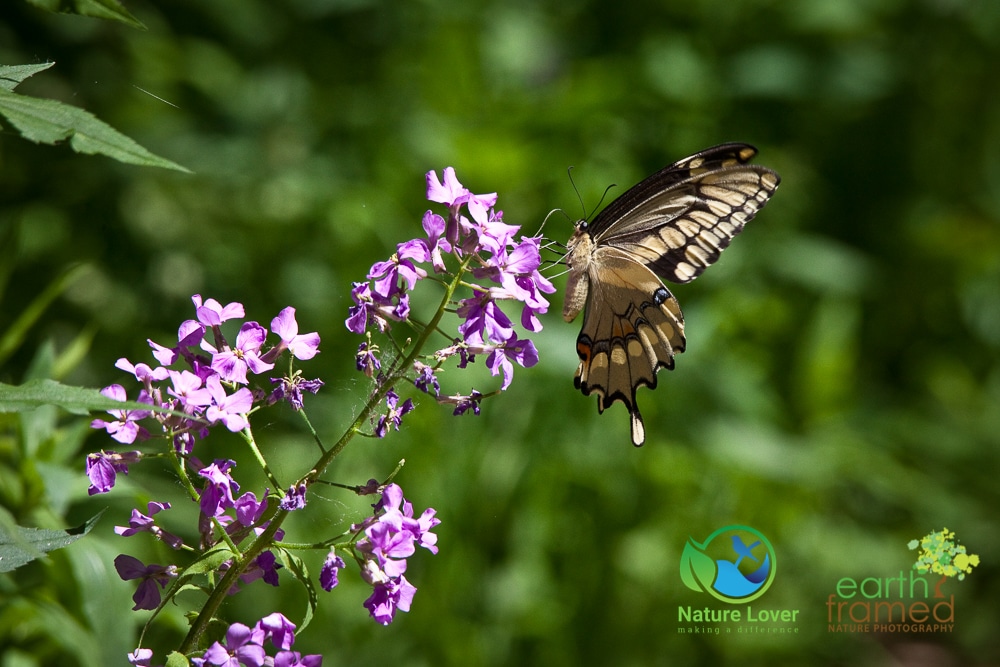
Another pollinator that was also not being too fussy was this Swallowtail Butterfly. She was a beautiful specimen and I spent several minutes following her around and capturing images of her from various perspectives.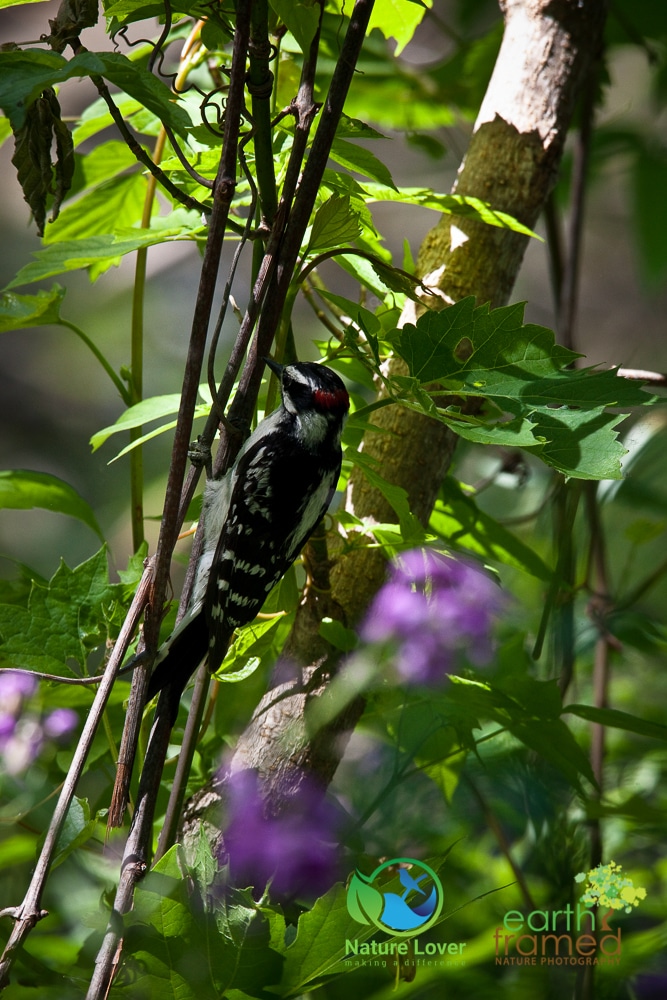
A sound in the bushes drew my attention to this male Downy Woodpecker. Year-round residents of the park, Downy’s can be enjoyed throughout the seasons.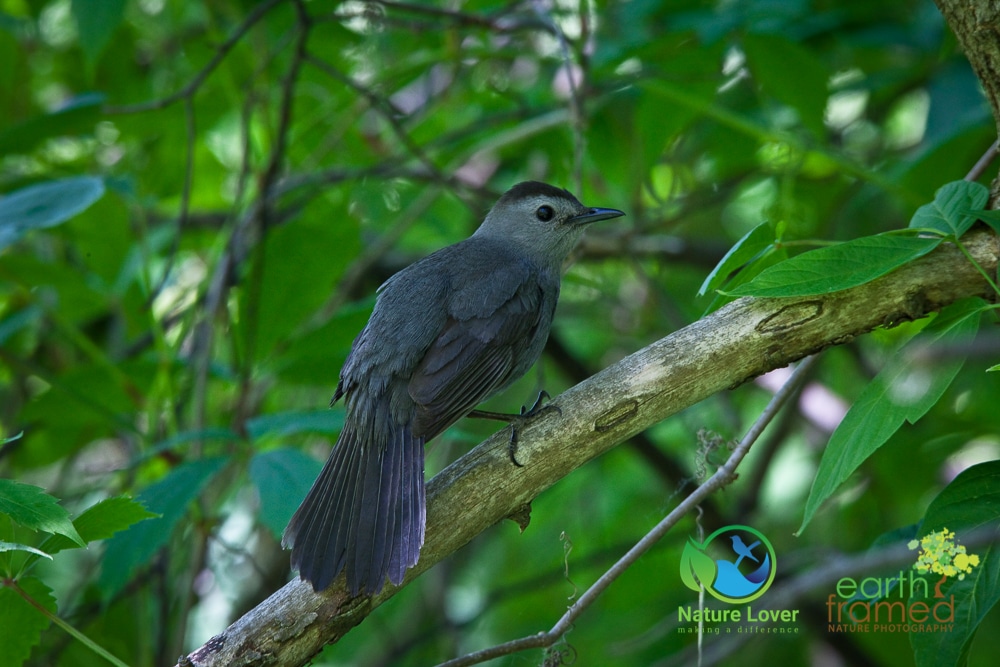
The sounds of ‘mew’ allowed me to find this Gray Catbird sitting in a tree just off the trail. If you have heard their call, you’ll know why this group of songbirds are refered to as catbirds. This medium-sized bird, also sometimes called the slate-coloured mockingbird, is gray in colour with a dark cap and rust-coloured undertail coverts. 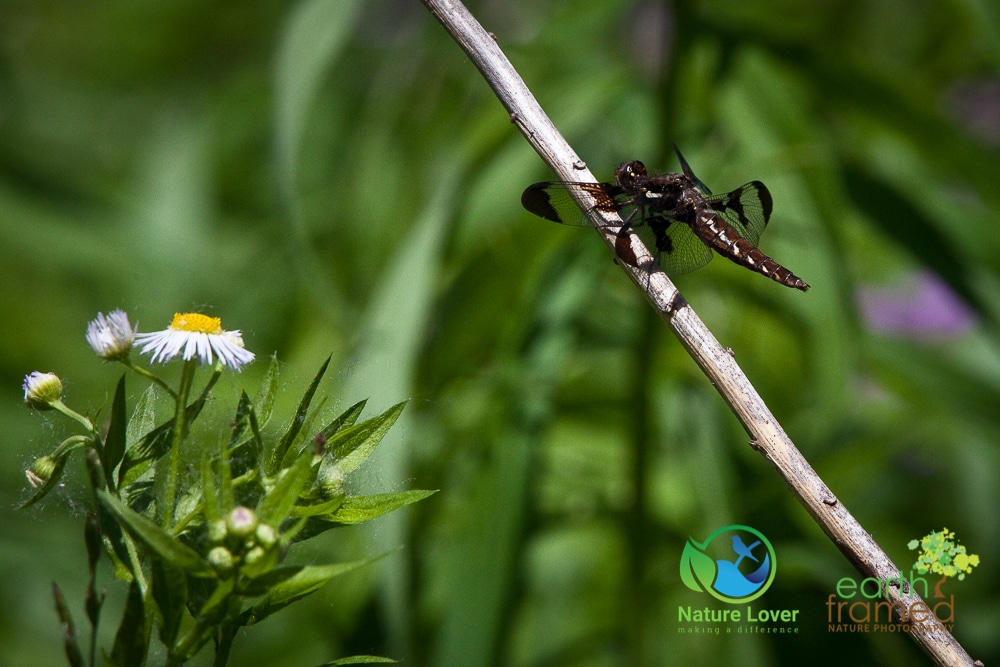 Farther along the trail I found the female Common Whitetail perched on a branch beside the water.
Farther along the trail I found the female Common Whitetail perched on a branch beside the water.
Overall I have found a lot of use for my 150-600mm lens. It has allowed me to capture birds, butterflies, mammals, bees, wildflowers and more without having to change my lens. It is a fairly large, heavy lens that I wouldn’t want to have to take on a long hike or into urban areas. It is particularly helpful for capturing shy wildlife from a distance and I’m happy to add it to my lens collection.


